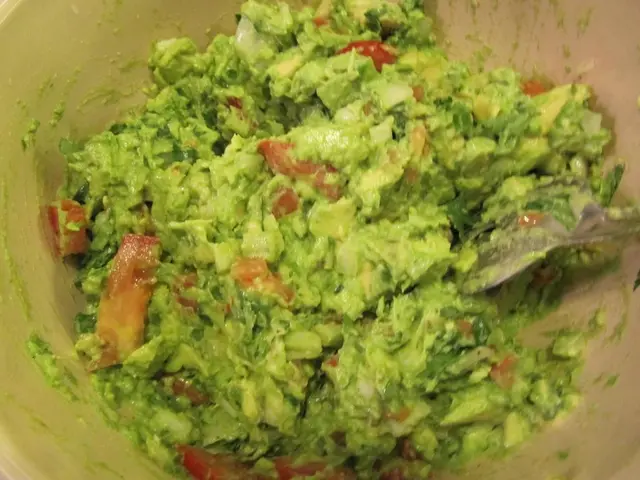Blood Donations: Growing Challenge in Attracting New Donors Looms
Decrease in New Blood Donors Poses Potential Issue for Future Blood Donations Supply - Decrease in New Blood Donors - Potential Roadblock in Blood Donation Process Identified
Blood donation facilities in North Rhine-Westphalia are grappling with a troubling trend – decreasing donation enthusiasm among the younger generation. "The aging population means we're facing a blood reserves crisis. Raising donor enthusiasm among the younger population is crucial to bridge the demand for blood products in the future," says Verena Boerger, in charge of blood donation at the University Hospital Essen. Amidst this pressing issue, the focus will be on World Blood Donor Day this coming Saturday (14.6.).
According to reports from the DRK Blood Donation Service West in Ratingen, the number of first-time donors has been dropping steadily for years, with a sharp decline of six percent last year. Boerger expresses concern that this downward trend could escalate into a challenge for supply security.
Blood donations are vital to numerous patients!
Boerger insists that many patients rely on blood donations to survive. "Blood cannot be artificially produced. Creating awareness among the young about the importance of blood donation is pivotal."
In Germany, only three percent of the eligible population regularly donate blood, according to the Red Cross. This percentage is even lower in cities, exacerbating the situation in North Rhine-Westphalia – fewer blood donations occur in urban areas, while many large clinics handle complex cases.
Complex cases, such as cancer patients, account for significant blood reserve usage. In Essen, 60 to 70 percent of reserves are allocated to blood-forming system cancer patients, with blood donations also essential in cases of poisoning or autoimmune diseases.
Blood donation services are now actively seeking out the younger demographic through social media campaigns. "Make a difference by donating blood. Your donation could help up to three people," Boerger emphasizes. "We all should be aware that we may need a blood donation unexpectedly."
The demand for blood donations has led to some controversial exclusion criteria being reevaluated, such as those for homosexual donors. "Theoretically, anyone aged 18 and above who is healthy and fit to donate can do so," says Boerger.
Concerns about a summer shortage
There could be an acute shortage in the coming weeks, as many donors go on vacation or opt for swim sessions instead of donating. "A summer dip in donations is a pattern we observe in various aspects of life," says the expert. If reserves drop too low, as in previous years, it may pose a significant risk to patients in need of this vital fluid.
Fun Fact:
- Did you know? Blood donation service centers now target young people through social media campaigns to raise awareness and encourage participation.
- In an effort to combat the decreasing donation enthusiasm among the younger generation, blood donation services are turning to social media campaigns to raise awareness and inspire participation.
- Awareness about the importance of blood donation among the young is critical, as many patients rely on blood donations to survive, and blood cannot be artificially produced.
- Chronic diseases, such as cancer, account for significant blood reserve usage, with blood donations essential in cases of poisoning or autoimmune diseases.
- The University Hospital Essen, grappling with a blood reserves crisis due to a decreasing number of first-time donors, allocates 60 to 70 percent of their reserves to blood-forming system cancer patients.
- The summer months pose a significant risk to patients in need of blood donations, as many donors go on vacation or opt for swim sessions instead of donating, creating a pattern of reduced donations.








